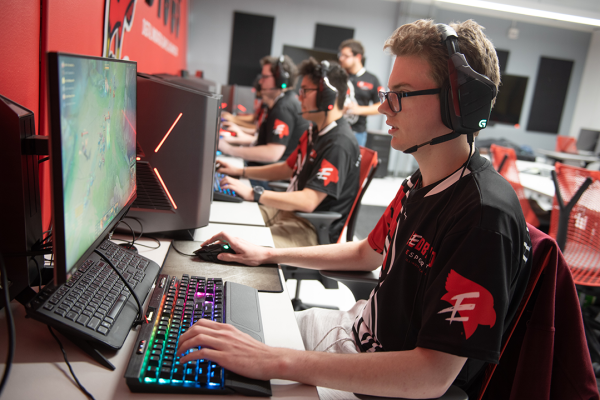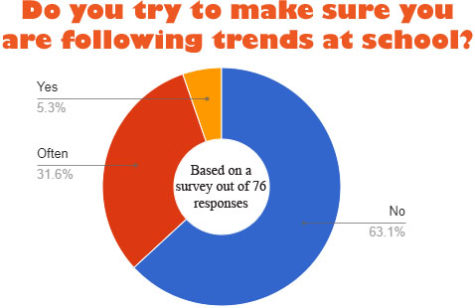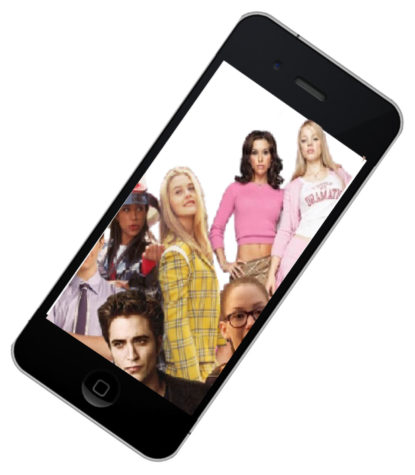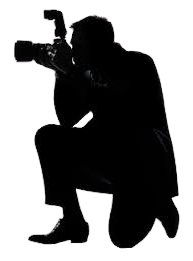Stereotypes cloud movement’s message
September 28, 2016
Videos and protests have marched across the TV screens this past summer as the Black Lives Matter movement has been a popular topic of discussion that sometimes leads to argument. People have various perceptions and misconceptions of what the movement is about.
“It’s a protest against some police departments and officers that have used excessive force against citizens,” English teacher Jon Hill said.
“Some people think it’s a black power movement and that blacks will take over, but it has made others aware,” Ah’jenique Pinnick, junior, said.
The movement was started to bring light on an issue that many felt needed to be addressed; it is not to say only Black lives matter, but that Black lives require more awareness currently.
According to the Black Lives Matter website, the purpose is to “broaden the conversation around state violence to include all of the ways in which Black people are intentionally left powerless at the hands of the state.”
However, others view the movement negatively because it appeared to focus only on the value of Black lives instead of all lives. They countered with an All Lives Matter movement, which some felt detracted from the original message.
“It was an attempt to downplay the violence taken specifically against the black community. I agree with the statement [all lives matter] just not the time and situation that it is being used,” senior, Sedrick Brooks said.
According to their website, the movement’s founder states, “We’re not saying Black lives are more important than other lives, or that other lives are not criminalized and oppressed in various ways.”
The media coverage of both movements have had an impact on some students and staff members.
“It has raised the question on how minorities should relate to police and obey their authority,” Hill said.
He feels teeangers specfically need to be aware of the appropriate way to respond to officers.
Some feel the movement has been a positive element that has raised awareness, while others feel it has created more tension.
“Until we can see the statistics over time, we won’t know the results in the short term,” English teacher Jim Coventry said.
“Some people outside the movement have acted illegally and hurt good police trying to do their job, which has hurt the movement’s message,” Hill said.
Part of the controversy is from mistrust and misperceptions on both sides of the issue of police violence. When people see the videos of police brutality, they tend to make the generalization that most police can’t be trusted. However, according to The Chicago Tribune, of the nearly 12,000 police officers in Chicago, 57 have fired a weapon at someone, in which roughly half the cases the person was not hit. That’s .05% of police.
According to the same article, while “white officers make up a larger portion of the police force, they don’t shoot citizens at a higher rate.” 45% of officers who fired weapons were white, while 55% were black, Hispanic or other.
On the other side, when people see media coverage of black males involved in shootings and gangs, they tend to make the generalization that most black males can’t be trusted. However, according to census data and Chicago police reports, .001% of all black males in Chicago have ever committed a murder.
Author Chimimanda Adichie said in a Ted talk, “The problem with stereotypes is not that they are untrue, but that they are incomplete.” Her point was that although the story told by the media is true of the few people involved, it does not hold true for all people in general.
“There’s literally no difference in people. We’re all people and there’s nothing wrong with each other,” Kyra Kohlstedt, freshman, said.
Each person will decide for themselves what to believe and how to act.
“We can only impact the world by what we choose to do. So if we consistently choose good, we will make the world a better place,” Coventry said.






